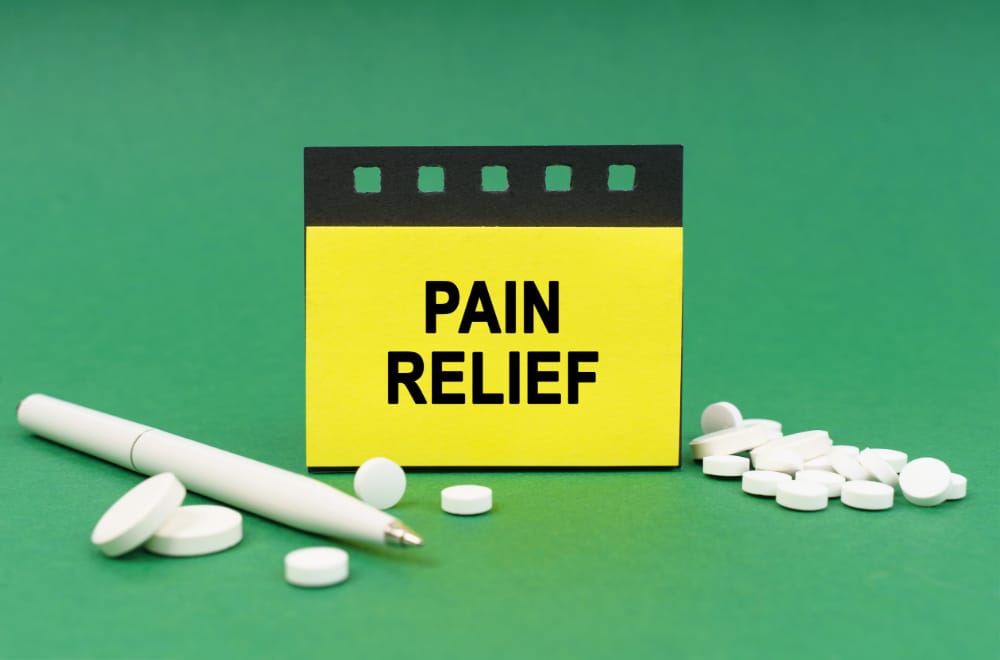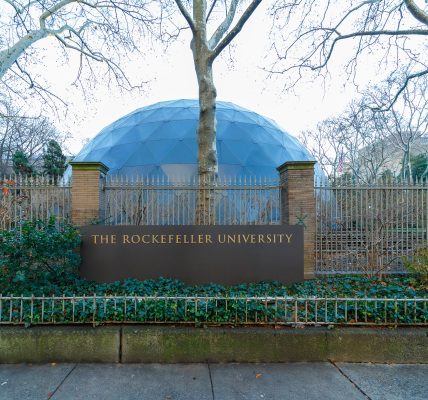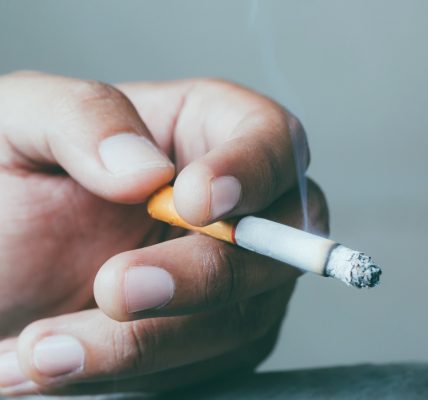What’s Causing Addiction: Reward or Relief?

The conventional take on addiction is that it is the result of a hedonistic lust to consume rewarding substances. Much of the emphasis here is on the addictive properties of sugar, salt, alcohol, cocaine, morphine, tobacco, even sex. There’s something in them that triggers irresistible cravings for more.
What’s in them, supposedly, is reward. They satisfy. They stimulate. They’re pleasing. We want more. We become hooked and upset if they’re taken away. In this manner, addictive substances “hijack” the brain’s reward mechanism, resulting in dependency that’s very difficult to overcome.
The reward theory of addiction falls to pieces upon closer examination. What is rewarding about cigarette smoking? It is so unpleasant to consume, its offensive qualities must be overcome to get hooked. The taste of alcohol is hard to get used to. And if cocaine and morphine are so addictive, why doesn’t everyone exposed to them crave more?
The reward theory of addiction has helped us establish a reward system consisting of neurotransmitters such as dopamine moving around regions of the brain. Again, upon closer examination, it is not just the brain, but the gut microbiome that regulates appetite and reward. Addiction, it turns out, might start from the gut and work its way up, not from the brain working its way down.
If it’s not reward driving addiction, what is it? Could it be relief? Could it be that people are attracted to addictive substances and behaviors because of the relief they provide, not because of the reward they provide?
Under the theory of displacement, all addictive behaviors, whether substance addictions such as alcoholism or behavioral addictions such as smartphone addiction, originate from the need to displace stress.
The stress is the result of … where to begin? Being born? Being alive? Being vulnerable? Being hungry, or tired, or cold? Stress is a major motivator for keeping active and engaged in life, and also a source of much misery.
One thing that always generates stress is the memory of pain. There is an undercurrent of menace in the mundane. This stress can be relieved, if only temporarily, by engaging in activities that take a person’s mind off their problems: eating, walking, reading, drinking alcohol, taking drugs, smoking pot, smoking cigarettes, woodworking, puzzle solving….
The list of substances and activities that can become addictive because they relieve pain is endless, and that’s a good thing. It makes it possible to substitute healthy stress relievers, such as exercise, for unhealthy ones, such as binge eating. That helps people in recovery stay in recovery, as they replace bad habits with healthy habits.
The fact that everyday activities and substances can become addictive is more proof that people are in it for the relief more than the reward. In a review for Nature Neuroscience, researchers at The University of Arizona Health Sciences write, “Relief of aversive states, including pain, is rewarding.”
The Arizona researchers were particularly interested in “the transition from acute to chronic pain,” and mapping the circuitry of relief. Similarly, researchers at Oxford University focused on the transition from “state” (acute pain) to “trait” (chronic pain):
We hypothesized that the degree of negative expectation depends on state (dread) and trait (pessimism) sensitivity.
They recruited 18 volunteers, half female, ages 20-36, and “all right-handed” to participate in a series of pleasurable and painful tasks while studying their brains with fMRI. One task involved conditioning using a pain cue and a safety cue, then measuring how relieved subjects were to get the safety cue.
One unique finding worthy of further followup is that those with the greatest dread also experienced the greatest relief at seeing the safety signal. Once again, this would indicate that relief from pain is more powerful the greater the pain, and that addiction can in part be attributed to pain sensitivity.
The fact that one becomes addicted to things that remove pain more than things that give pleasure is a validation of displacement theory. Relief is a bigger driver than reward. It explains why most people are able to say “enough” to rewarding substances without getting hooked, and why they don’t all spiral into addiction.
If you are looking for the difference between those who can’t manage their consumption or behavior and those who can, look at the pain, not the pleasure.
Written by Steve O’Keefe. First published November 20, 2025.
Sources:
“Reward and motivation in pain and pain relief,” Nature Neuroscience, September 25, 2014.
“Relief as a Reward: Hedonic and Neural Responses to Safety from Pain,” PLOS One, April 7, 2011.
Image Copyright: dzmitryskazau.




